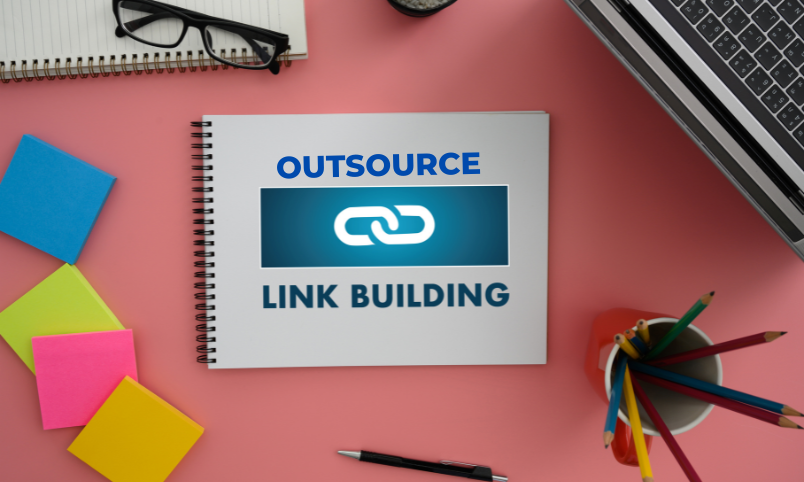By Kritima
Technology isn’t usually the first thing that comes to mind when discussing issues in the food sector. However, automation in the food business is essential for both food production and delivery in the current environment. Manufacturers create and package food using automation and robotics in the food sector. Similarly, Technology has significantly improved food packaging by extending shelf life and enhancing food safety. The motivation for the topic comes from the realities of Artificial Intelligence in the food industry.
So if you’re here to know more about AI in the food industry. Then you need to read till the end of this article.
Exciting facts are coming up!!!
What is Artificial Intelligence?
The term “artificial intelligence,” which refers to intellect created by humans, is made up of the phrases “artificial” and “intelligence.” Artificial intelligence, then, is what happens when machines are given artificial intelligence to carry out intelligent tasks similar to those performed by humans. It ultimately comes down to creating intelligent devices that can mimic the human brain and function and behave like humans.
AI is one of the most rapidly developing fields of technology, and it is significantly enhancing human lives by offering solutions to difficult issues. It has also opened up new prospects for everyone, making it a technology that is in high demand on the market.
Application of Artificial Intelligence in the Food Industry
An important sector that deals with our fundamental need for food is the food business. To keep up with daily chores, the sector uses a variety of technical tools for everything from packing to food processing.
The advancement of this industry in terms of quality, efficiency, and speed is due to technology and the significance of the food industry. The food sector has evolved in a very impressive fashion, especially considering that it started out as a much slower industry.
Artificial intelligence is being applied in a variety of ways in the food industry. AI can be gradually applied throughout the industry’s entire process, from sourcing to production to packaging. As is the case in other industries like AI in the eye care and health sectors.
From 3D printing of food to using AI in shipping food, AI has a lot of applications than we know. Some of the applications are:
1. Analysing the trend
The initial application of AI in the food sector is its assistance to FMCG companies in understanding the typical consumer wants and preferences.
Big data analytics and machine learning models can be used by AI to derive practical insights about consumer demands and preferences that help with product creation.
This stage is crucial because businesses must select a product that has the best chance of succeeding in the consumer market. AI is the driving force behind the change that allows companies the assurance to introduce a specific product with a range of features.
Food enterprises may effectively service the customer wants and accurately target the appropriate audience that is present throughout the market by using the trend analysis technique.
You might also like- 4 Basic Health Insurance Plans for a Small Business
2. Inspecting the food quality
Quality inspection is another laborious activity that was previously carried out by humans. Similarly, Quality and upholding the proper level as set by the regulatory bodies are paramount in the food sector.
Quality may, however, rarely be compromised or disregarded when food products are produced in large quantities. But when the production process is controlled by AI-enabled machines, this is not a disadvantage.
3. Cultivation control

The cultivation process has a significant impact on the final product’s quality even if it is not totally a component of the food sector. To employ food crops later on in the production process, cultivation entails growing them.
Crop failure and a low-quality yield can occasionally result from weather variations and other circumstances. With the aid of controlled cultivation, this can be monitored and “controlled.”
AI can be used in food science and technology to accomplish regulated farming. In order to prevent crop damage under controlled climatic circumstances, the cultivator predetermines a controlled quality as a result.
4. Food Segregation
Food segregation is one of the most crucial first steps in the food production process. For a productive and structured production process, food ingredients must be separated and sorted.
In the past, individuals were used to manually performing the segregation. On the other hand, today’s food ingredients are separated using specialized machines. These employ AI algorithms before being combined to create goods.
In the past, segregation was a time-consuming task. However, it takes less time and effort now. This has significantly preserved the resources of the sectors involved in food production.
5. Tracking the food supply chain
Have you ever wondered how a courier is tracked? Even though you have been doing it for a while, this technology was introduced by artificial intelligence before anyone was aware of it.
Food firms can follow the supply chain to make sure that their raw materials are traveling in the correct direction and at the right speed, much like tracking a courier or a package.
Raw materials are frequently moved or sent to different sites. Delaying the finished product can have a negative impact on the production process. With the aid of specialized AI tools and portals, food businesses can now track food systems. This can range from packaging materials to product ingredients.
6. Reducing food waste
In the food sector, food waste is a major issue that costs businesses billions of dollars annually. AI can help reduce food waste by spotting and fixing issues before they become serious. For example, shops might scan product to determine whether it is still edible rather than throwing them away.
AI enables shops and restaurants to assess the quality of their food and determine if they require more or less, which helps them save money.
For instance, Symphony RetailAI makes use of AI to boost food supply chain effectiveness. By transparently pricing goods and efficiently distribute them to clients, you can reduce food waste.
7. Automatic food packing
AI applications in packaged foods can enhance both the form and function of the package. AI can be applied to enhance food labeling accuracy. Identifying rotten or defective goods and transferring them to the proper location for recycling, removal, or reconditioning, can directly reduce waste.
Food bags for a variety of uses will be simple to find in a factory or retail establishment because of companies’ capability to automatically sort goods by type and size.
AI is being employed to enhance food packaging in general by enhancing safety, decreasing waste, and boosting process efficiency.
8. Food Safety Compliance
All firms that process food have safety as their first priority. All staff and employees who have direct contact with food are required to dress appropriately and adhere to safety regulations. However, it is more difficult stated than done to keep track of thousands of employees and ensure that everyone abides by the regulations.
Similarly, AI-enabled cameras can keep an eye on every employee and alert the supervisor when a rule is breached. This is one of the best use of artificial intelligence in the food industry.
The AI can recognize safety hazards like rule-breaking or improper food protection equipment immediately. The AI can keep an eye on manufacturing in real-time and alert employees or their bosses when something is wrong.
Why do we need Artificial Intelligence in the food industry?
AI has been successfully applied for tasks including sorting fresh produce, supply chain management, food safety monitoring processes, optimal cleaning in place systems, forecasting consumer want, and new product development with increased efficiency and cost savings.
Some of the challenges include the price of implementing AI technologies, cultural transformations, the demand for specialist knowledge, problems with transparency, and one-track thinking. Despite these challenges, research on the use of AI to improve manufacturing processes continues.
However, it’s important to keep in mind that the benefits of this use in the food industry significantly outweigh the disadvantages.
Some of its advantages include:
- AI enhances the food production process
- AI reduces costs for the customer and company as well- as no human effort is required
- AI improves the safety and quality of food products as said above
- It improves customer experience- as tech is used
The trend of Artificial Intelligence in the Food Industry
Research done by technavio.com website, a popular tech website, says that in the period from 2021 to 2026, the artificial intelligence (AI) market share in the food and beverage industry is projected to expand by USD 5.66 billion, with a CAGR of 21.93%. This is huge as it is in billions!
Similarly, they say 43% of the market’s growth originated from North America.
Experts say one of the major reasons for the major artificial intelligence (AI) market developments in the food sector that is fueling market expansion is the advent of internet technology. The future of robots, such as collaborative robots, will be influenced by the increased demand for and use of connected phones, wireless, and cloud technology in terms of their utility spectrum and mode of operation.
Additionally, the intensifying competition has forced manufacturers to provide alluring options such as services and control modules via connected phones and Wi-Fi technologies for operating equipment from a distance.
These gadgets have a user-friendly graphical interface and enable flexibility in use (GUI). Which has impacted the use of AI in the food industry.
Summing up on artificial intelligence in the food industry
The potential for artificial intelligence is vast since it still has a lot of room to grow.
With the growth of the metaverse as well as other technological developments, machine learning and artificial intelligence will probably replace humans’ capacity for making decisions, creating things, and allocating resources effectively.
In conclusion, AI offers both advantages and disadvantages. But it goes without saying that it has consolidated how technology currently serves us and fulfills our needs.
Even if we solely focus on the food industry, this technology has made significant progress in automating, adapting, and becoming autonomous. The day when people had to be present to monitor the machinery is long past.
The nature of the demand on us has significantly changed as a result of computers’ ability to monitor both themselves and others machines thanks to AI.




